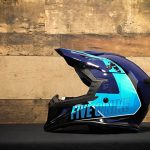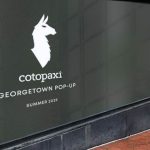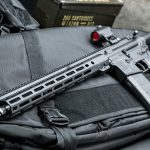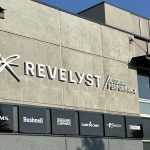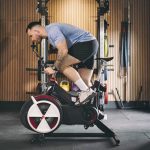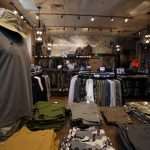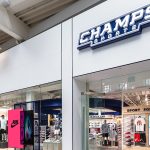VF Corporation started 2007 with a strong first quarter due to healthy increases in sales in its Outdoor Coalition and its Imagewear Coalition. While the outdoor brands were boosted by a mix of organic growth and acquisitions, Imagewear was boosted almost entirely by the acquisition of Majestic Athletic, which closed one month before the end of the quarter. The sportswear coalition, primarily the Nautica brand, was the only division of VF to show declines during the quarter.
Total revenues rose 15% during the first quarter to $1.67 billion, compared with $1.46 billion for the same period last year, with 3% of the increase stemming from acquisitions, primarily Majestic. Revenues also benefited from the stronger Euro during the quarter, which contributed about 2 percentage points of growth.
The two acquired companies that were new to the first quarter Eagle Creek and Majestic were said to have an 8% operating margin, or just over half of VFs internal target. The company expects these two companies to be operating in the 14% to 15% range by 2009.
VF's Outdoor Coalition total revenues were up 40% to $538.8 million due to strong gains across nearly every brand. Domestic revenues grew 31% in Q1, while international revenues rose 52%. The acquisition of Eagle Creek added $6 million to revenues in the quarter.
The Outdoor Coalitions fastest growing brand for the quarter was Napapijri, which was up 60%. Vans came in a close second with 59% top line growth. Both Reef and Eastpak were up 37%, while sales at The North Face were up 28%. Operating income growth outpaced sales growth and increased 66% with operating margins reaching 15.5%, up 240 basis points.
Increases in sales at Vans were said to be partially caused by capturing more market share as well as relatively easy comps to last years first quarter when the brand experienced some late deliveries in Europe. Vans sales are still primarily footwear-oriented, but management said the brand is making considerable progress with apparel in all three of its distribution channels owned retail, core skate and mid-tier. Vans is currently about 33% owned-retail, 33% domestic wholesale and 33% international.
Management still maintains that they have not broadened the distribution of TNF significantly and the 28% increase in the quarter was almost all from increases in revenue in existing doors. Guidance for The North Face brand for the year is to maintain the kind of growth rate seen in the first quarter. Management is expecting a strong fall from North Face. Currently, The North Face business is about 70% domestic and 30% international.
Growth at TNF is being driven by three factors: continued expansion of outerwear sales, product extensions into footwear and sportswear, and a better gender balance which is now about 50/50.
During a conference call with analysts, VFC management said that the Outdoor Coalition is the primary growth driver for the company and they are “investing in it wherever [they] can.”
The Imagewear Coalition relied on the Majestic Athletic acquisition to boost its top-line. The negative organic growth rate in the coalition was primarily because VF management decided to exit the commodity fleece business. The first quarter is Majestics strongest quarter, so even though the company only contributed one month of results to the period, its impact was seen as significant. Majestic Athletic contributed $27 million to revenues in the quarter. Majestic also “contributed nicely” to the first quarter operating income.
VFC, which is on track to increase the overall owned-retail mix to 18% or 19% of total sales, ended the quarter with 533 stores. When asked about the retail strategy for Vans and TNF, management replied that the two brands are approaching owned-retail very differently.
“Vans started as a retailer when the company was founded and now has around 150 stores out there,” said Eric Wiseman, VFC president and COO. “The North Face on the other hand has around 20 stores. So they're very different in terms of the overall impact on the total business
the Vans retail business in the United States is about the same size as the wholesale business. That is absolutely not the case for the North Face.”
Overall VF gross margins and operating margins were essentially flat with prior year levels, at 43.5% and 12.9%, respectively. Foreign currency exchange rates positively impacted earnings per share by five cents in the quarter, while a higher tax rate and higher average shares outstanding negatively impacted earnings per share by two cents and three cents, respectively.
Second quarter revenues should be up 14% with earnings per share from continuing operations up 8%. The slower earnings growth is due to the seasonality of recent acquisitions and the timing of investments and other SG&A spending that will affect the operating margins. The company expects operating margin expansion of approximately 40 basis points for the full year, including the impact of recent acquisitions that have not yet realized their full profit potential.
Management increased sales and earning guidance for the year and now believes revenues will approximate $7 billion, an increase of over 12%, compared to previously released guidance of 8% growth. VFC continues to expect healthy organic growth in all coalitions, with the two most recent deals contributing $180 million to the top line in 2007. The company is also raising guidance for earnings per share from continuing operations from prior guidance of a 10% increase to a 12% increase. VFC continues to expect a very strong year of cash flow from operations of approximately $625 million.


